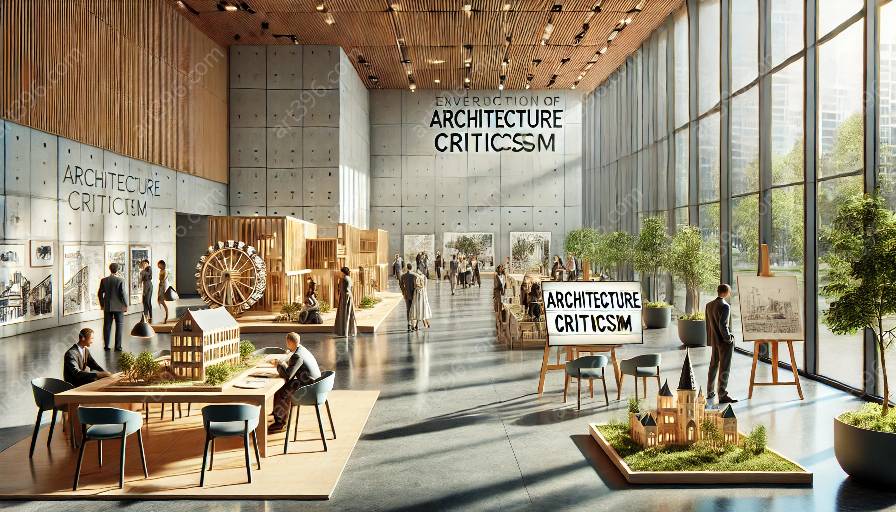Architectural criticism plays a crucial role in informing the evolution of design principles. By closely examining and assessing architectural works, critics provide valuable insights and perspectives that influence the direction and development of architectural design.
Understanding Architectural Criticism
Architectural criticism is the evaluation and interpretation of buildings, structures, and spaces, with a focus on assessing their aesthetic, functional, and cultural significance. Critics analyze architectural projects, considering the historical context, social impact, spatial organization, and material choices to form an informed opinion.
Architectural critics often publish their assessments in various forms, including books, articles, and online platforms, allowing their perspectives to reach a wide audience. Their critiques contribute to the ongoing conversation about architectural practice and theory, shaping the discourse around design principles.
Shaping Design Principles
Architecture criticism serves as a catalyst for the evolution of design principles by provoking discussion, debate, and reflection within the architectural community. Criticisms and reviews of notable architectural projects prompt designers to re-evaluate their approaches and consider alternative perspectives, ultimately influencing the trajectory of architectural design.
Through critical assessments, architects gain fresh insights into their work and the broader implications of their design choices. They are encouraged to embrace innovative solutions and consider the societal and environmental impact of their designs, leading to the evolution of more sustainable and contextually responsive design principles.
Evolution of Architectural Criticism
The nature of architectural criticism has evolved over time, reflecting changes in architectural trends, technological advancements, and societal values. In contemporary practice, architectural criticism encompasses an interdisciplinary approach, drawing on fields such as sociology, psychology, and environmental studies to provide a comprehensive evaluation of architectural projects.
Furthermore, the digital age has transformed the landscape of architectural criticism, allowing for immediate and widespread dissemination of critiques through online platforms, blogs, and social media. This rapid exchange of ideas and opinions has accelerated the impact of architectural criticism on the evolution of design principles.
Building a Synergistic Relationship
Architectural criticism and the evolution of design principles share a symbiotic relationship, each influencing and informing the other. Design principles are honed and refined through critical engagement, as architects respond to the insights and critiques put forth by the architectural community.
Conversely, architectural criticism is enriched by the evolving landscape of design principles, as critics adapt their evaluation criteria to address emerging concepts such as sustainable design, cultural preservation, and inclusive architecture. This dynamic interplay contributes to the continual advancement and maturation of both architectural criticism and design principles.
Conclusion
Architectural criticism serves as a vital conduit in shaping the evolution of design principles within the architectural realm. By providing thoughtful analysis and fostering critical dialogue, critics propel the architectural community towards innovative, responsible, and culturally resonant design solutions. This collaborative process ensures that design principles remain dynamic and responsive, reflecting the evolving aspirations and values of society.





























































